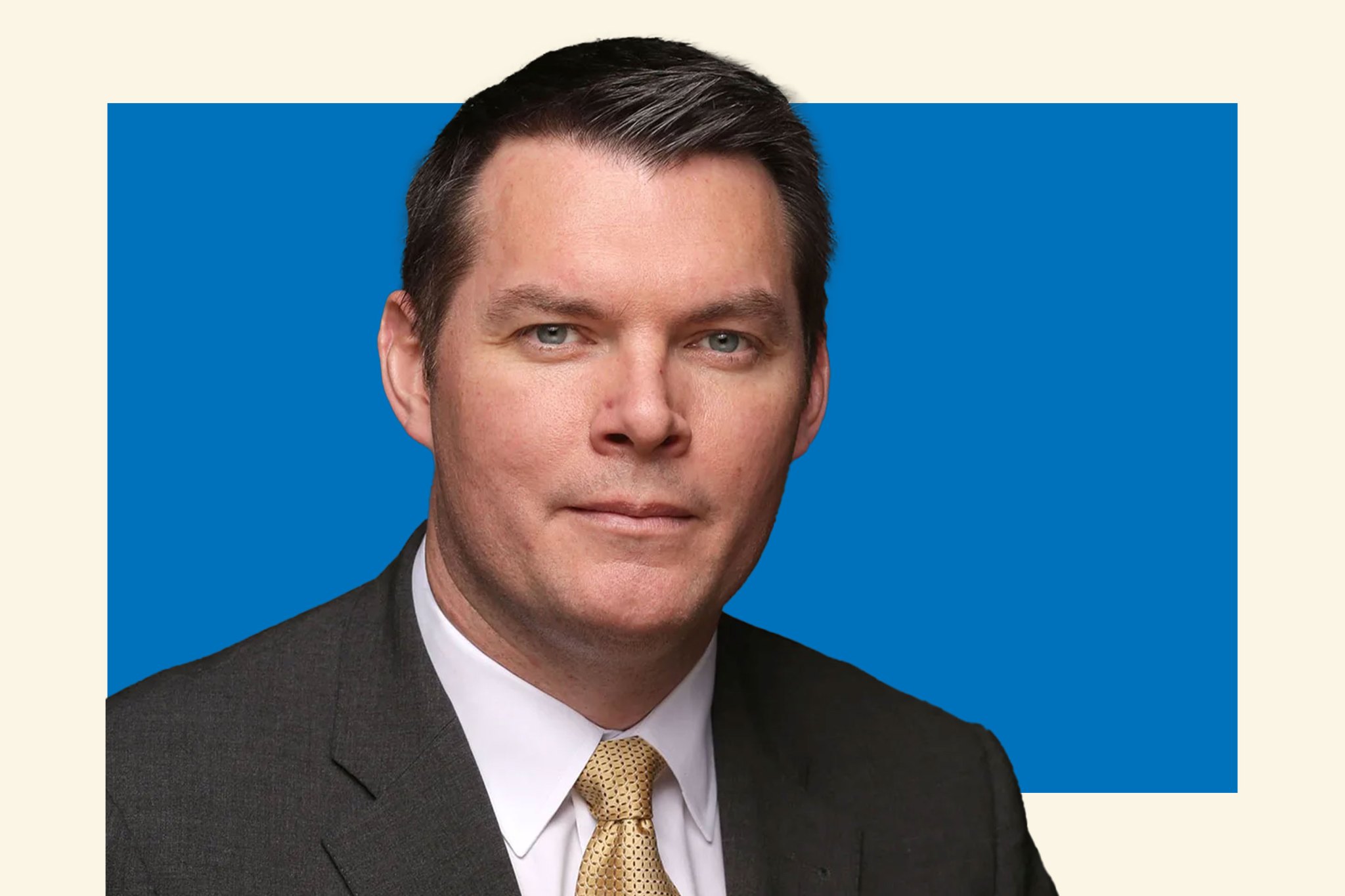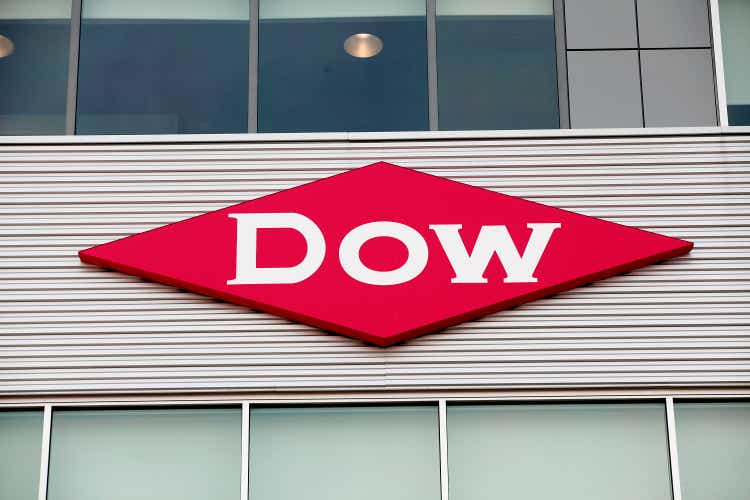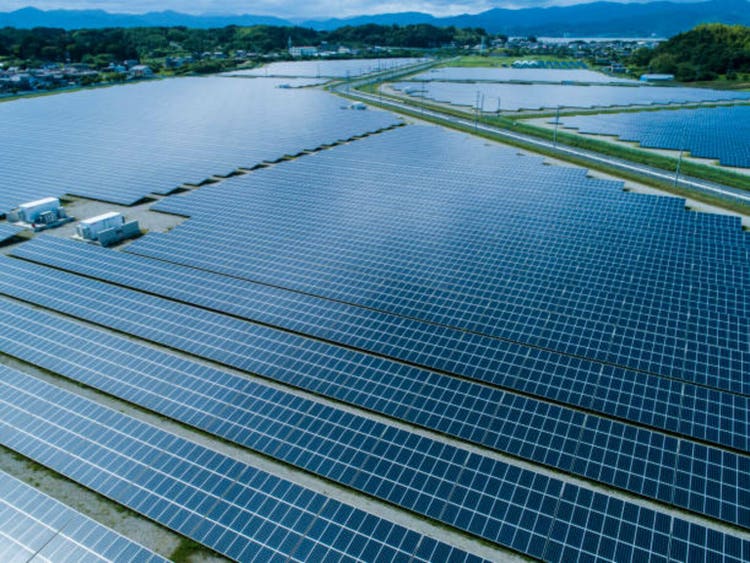India's credit market has seen an unusual trend this year, while overall retail loan growth has slowed, gold loans have recorded an extraordinary surge. Outstanding gold loans grew 124 per cent year-on-year as of June 2025, far outpacing other personal lending categories.
Gold loans defy sluggish credit growth
The contrast across retail categories is stark. Credit card loans grew just 7 per cent year-on-year as of June 2025, while other personal loans rose 9 per cent in the same period. Against this backdrop, gold loans have continued their momentum, maintaining the lead they held last year as well. The increase shows patterns of changing behaviour of borrower in urban and semi-urban markets, where gold loans are used more frequently by individual borrowers and micro, small and medium-sized enterprises (MSMEs) to get quick liquidity.
The sudden rise in gold loan disbursements is being driven by a number of factors:
Increased gold prices: Rising gold prices have lifted the collateral value of pledged gold, allowing borrowers to access larger loan amounts.
Increased MSME participation: Most the growth is concentrated in semi-urban and urban markets with MSMEs using gold loans to meet short-term funding needs.
Clarity on regulations: Banks can now grow their distribution networks with confidence thanks to revised gold loan guidelines that give them clearer frameworks.
Reduced default risk: Gold is regarded as a dependable form of collateral in India where it is held by many households. As a result, non-performing assets (NPAs) are kept at a lower level than with unsecured credit.
The rapid growth has also brought attention to the disparities in asset quality between banks and non-banking financial companies (NBFCs). Gold loan non-performing assets (NPAs) for scheduled commercial banks have barely changed, rising from 0.20 percent in March 2023 to 0.22 percent in March 2025.
NBFCs under pressure: In contrast, mid-layer and upper-layer NBFCs' non-performing assets (NPAs) more than doubled, rising from 1.21 percent in March 2023 to 2.14 percent in March 2025.
Although banks may have been able to manage the risks, the rise of NBFCs suggests that portfolio quality is challenging, leading to recommendations for more conservative risk management.

 3 hours ago
1
3 hours ago
1

















 English (US) ·
English (US) ·